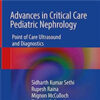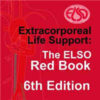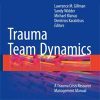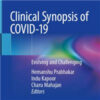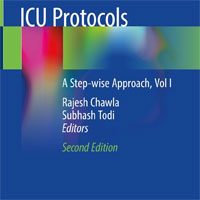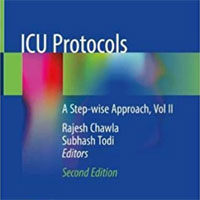Severe Influenza in Critically Ill Patients
journals.lww.comThe present review summarizes current knowledge on pathogenesis and clinical manifestations of severe influenza.
Immunological dysfunction during viral infection correlates with severity and mortality among ICU patients.
A theranostics strategy should be implemented to improve outcomes.
Pandemic influenza A (H1N1) virus circulates seasonally and remains the predominant subtype among intensive care patients.
Mortality in acute respiratory failure (ARF) is around 20%, independent of influenza subtypes.
During severe infection, the imbalance between pro-inflammatory and anti-inflammatory molecules, such as Th1 and Th17 cytokines, is associated with complicated infections and mortality.
Primary viral pneumonia presents in more than 70% of ICU influenza patients and more than 50% develop acute respiratory distress syndrome.


